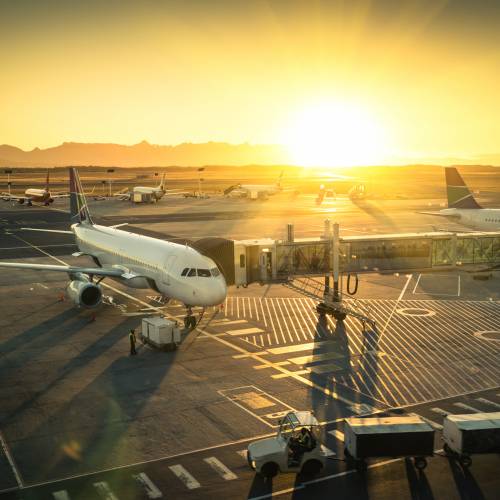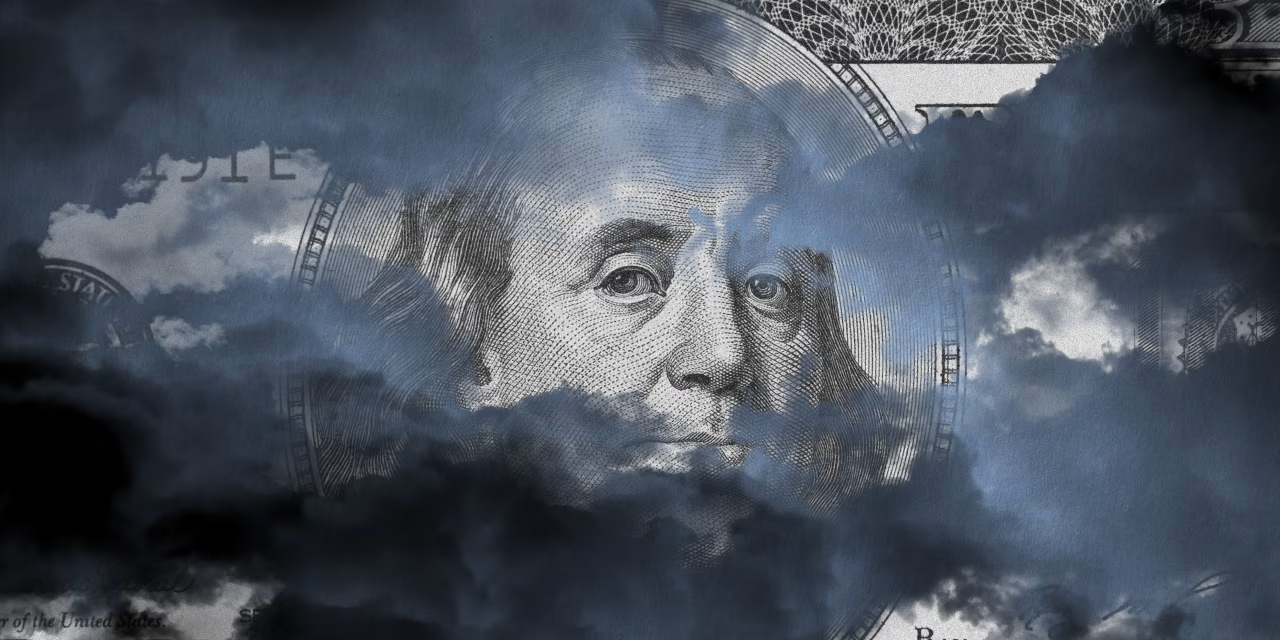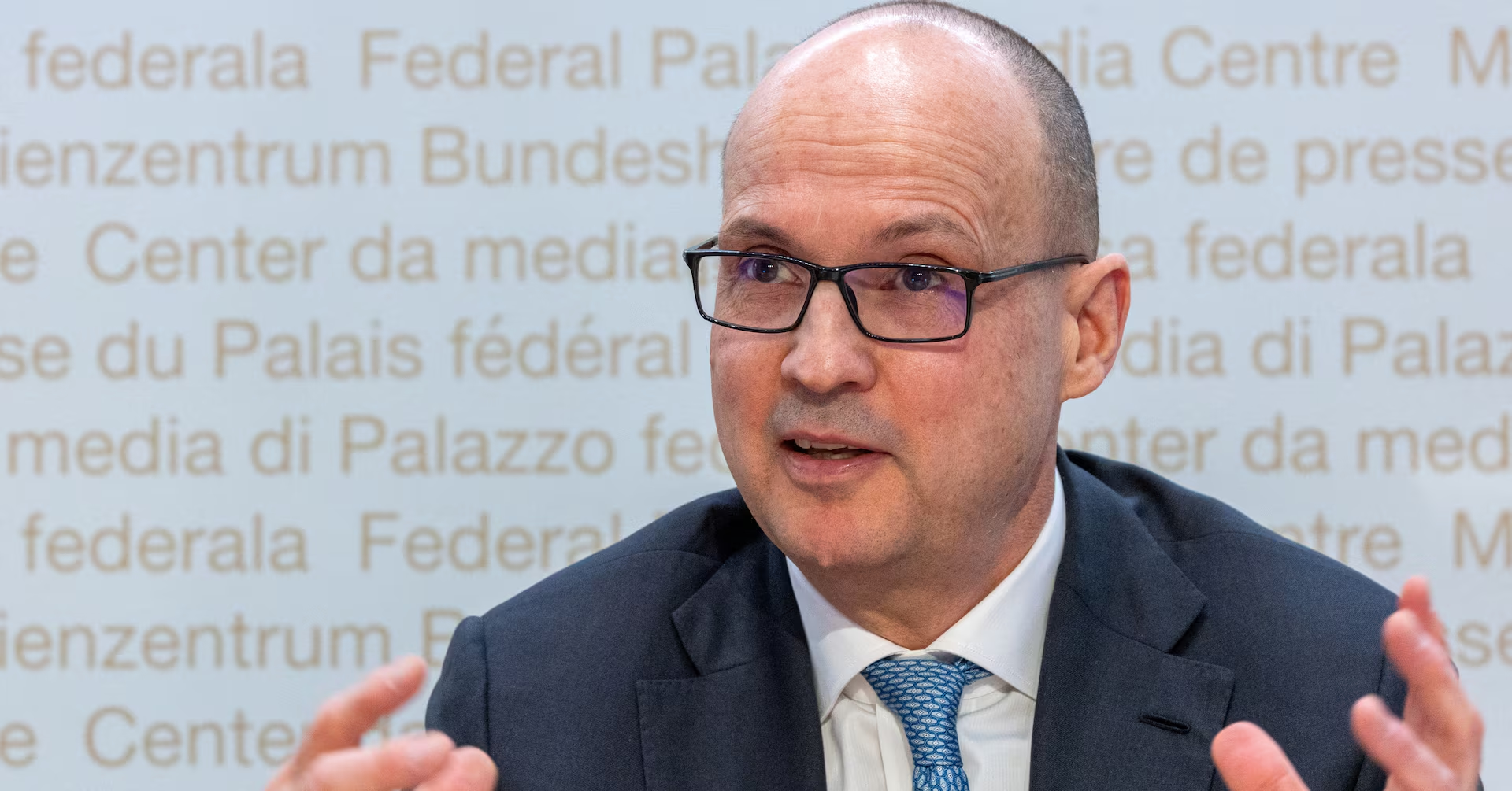Elon Musk can’t stop posting about the political fringe.
In recent weeks, the world’s wealthiest person used X to post about immigrants to Britain, saying they will cause the country’s collapse. He posted about examples of violent crime in Minnesota and South Carolina — where he does not live — and about judges in California and New York he believes are too lenient. Musk also smeared trans people, complained about Black-on-white crime, stoked fear about the end of civilization and shared his thoughts about the race of child actors.
Musk posted about all those topics and more in a recent one-month period, during which NBC News tracked and analyzed all of his posts for an in-depth look at where the tech billionaire focuses his attention online.
Musk left his role in the second Trump administration in May to focus on his companies, and since then he has continued to share a torrent of content on his social media site. Between Sept. 17 and Oct. 17, Musk posted, replied to or shared content 1,716 times on his X account — about 55 times a day, on average.
Some of his messages invoke extreme ideas, like the antisemitic “great replacement” conspiracy theory, which says there is a top-down plot organized by Jewish people to replace the white populations of the United States and Europe with nonwhite people. Musk backed the same false theory two years ago, causing a backlash among X advertisers. Though he later said he was “aspirationally Jewish” and not antisemitic, he continues to share the conspiracy theory. He also shared the baseless conspiracy theory that the FBI staged the Jan. 6, 2021, attack on the U.S. Capitol.
An NBC News analysis of his online activity shows that while Musk may have shifted some of his day-to-day attention back to his companies, his public presence on X is a mix of promoting his business and weighing in on issues that are typically the focus of the far right.
Nearly half of his posts, 49%, during the period reviewed by NBC News were about politically charged topics. NBC News classified a post as political if it related to a government official, a political commentator or a policy debate.
Musk’s presence on X serves to maintain his political influence as he considers whether and how to become involved in the 2026 midterms or the presidential campaign that will follow.
Musk did not respond to a request for comment on the NBC News analysis.
“He can make himself inescapable,” said Thad Kousser, a political science professor at the University of California, San Diego.
“Regardless of his links at any time to Donald Trump or to Democrats, he still has the potential to capture eyeballs and thus potentially votes,” he said.
About 41% of his posts during the same time period were about his companies. His AI startup, xAI, was his most frequent business topic, coming up in 21% of his posts. He touched on automaker Tesla in about 11% of posts and on rocket company SpaceX about 6% of the time.
Taken together, the posts offer a near real-time look at what is on the mind of one of the richest and most powerful people in the world as he oversees buzzy companies that fulfill major government contracts or move markets as part of the “magnificent seven.” This month, Tesla shareholders approved a new CEO pay package that could be worth up to $1 trillion if the company meets a series of benchmarks. Musk counts more than 229 million followers on X, and his posts regularly get millions of views.
“He’s not just the wealthiest person alive. He’s also one of the most influential, even if he has no formal role in government,” said Rob Lalka, a business professor at Tulane University who studies the tech industry’s impact on politics.
“He’s both really good at spotting what will soon be trending and also being one of the people who is defining that in this cultural moment,” he said.
During the month that NBC News analyzed, Musk engaged with ideas on the fringe of politics, including an unapologetic attitude toward past British colonialism and a proposed nationwide purge of judges based on a Central American precedent. In an offhand remark, he appeared to claim Mars as legal territory of the United States.
“That is not what most average people are sitting around spending their time on, especially in an economy where real wages are not great,” Lalka said. “Most Americans are worried about the price of eggs right now.”
Musk, who said he voted for Democrats in 2016 and 2020, has shifted sharply to the right in recent years. During last year’s campaign, he aligned himself with Trump, made appearances in key swing states and poured more than $290 million into Republican efforts. He then joined Trump’s administration as a White House adviser and the head of Trump’s Department of Government Efficiency (DOGE).
Musk’s foray into government was rough. He repeatedly clashed with other Trump administration officials over the extent of his authority, DOGE did not drastically affect the federal budget deficit, and the cuts it did make have been blamed by public health researchers for hundreds of thousands of deaths worldwide.
Tesla, where he is CEO, became a political target, and shares of the company took a beating. In May, he said he was leaving the administration to spend his time at Tesla and limit any more government work to a day or two a week. When he left the White House, Tesla investors cheered.
With his White House stint in the rearview mirror, Musk said in September that he was “burning the midnight oil” at work, with weekend meetings related to Tesla and xAI as he crisscrossed the country to visit employees in person.
“Daddy is very much home,” he wrote on Sept. 15.
Musk also took to his social media platform. One in eight of his posts in the month NBC News reviewed were about crime — slightly more than the share devoted to Tesla — even as crime rates continued to fall. In a Gallup poll in October, only 6% of Americans listed crime as the most important problem facing the country.
His posts were often targeted at influencing current events. In early October, before Trump decided against sending federal troops to San Francisco, Musk helped to fuel a narrative that crime was out of control in the city. He posted about crime there 13 times over two days, despite San Francisco experiencing the fewest homicides since 1954.
“I think he is mostly speaking to people who already agree with him,” said Darren Linvill, a co-director of Clemson University’s Media Forensics Hub. “He’s not necessarily persuading anyone to come join him. But that still serves a function to maintain his influence and presence as a political actor.”
Musk has gone after judges and prosecutors who he said were too lenient. He posted about judges 52 times, including twice when he called for the wholesale removal of “corrupt” judges and cited purges in El Salvador as a model for the United States.
Often, Musk focused on cases where the criminal defendants were Black, immigrants or both, and where the victims were white, appearing to play into narratives about interracial crime that are common in conservative media. Experts say there is no evidence of a migrant-driven crime wave, and most violent crime occurs between a victim and a perpetrator of the same race, according to Justice Department survey data.
In the 31 days that NBC News analyzed, Musk posted about violent crime every day but two.
Immigration was the second-most frequent political topic on Musk’s mind. About 8% of his posts touched on the subject, often aligning with the Trump administration’s own harsh language. He shared immigration-related posts from Vice President JD Vance four times, from the official White House account twice and from White House deputy chief of staff Stephen Miller once. Musk also accused officials in Democratic-led cities of “treason” for resisting immigration enforcement.
Musk’s opposition to immigration was global, criticizing politicians in Europe and Asia for allowing in migrants. He warned that mass immigration would “destroy Japan” and lead to “the end of Britain.” Musk, a native South African who became a U.S. citizen in 2002, is an immigrant himself.
Joan Donovan, an assistant professor of journalism and emerging media studies at Boston University, said Musk’s frequent posts related to the decline of Western civilization are a thinly veiled callout to racial politics.
“This is, of course, a dog whistle about white identity politics and for people who are expressly proud of being white and unapologetic about their own beliefs in white supremacy,” she said.
She said that Musk’s embrace of fringe topics, such as a purge of judges, is the kind of content that used to be confined to the internet’s darkest corners.
“It’s really reflective of some of the grossest places on Reddit or the type of posting you’d see on 4chan. It’s become a reality-distortion machine,” she said.
But lately, racist rhetoric has been surging in the open, with white nationalists such as Nick Fuentes finding more mainstream footing on Musk’s X and in other venues.
Race was a major theme in Musk’s posts. Musk, or those whose posts he shared, often depicted Black people in a negative light, and they often did so regardless of the topic at hand.
Photos of Black criminal defendants appear to get Musk’s attention. Forty-one times during the month — more than once a day, on average — Musk shared or replied to a post that had an image of a Black person charged with a crime.
He posted about alleged Black criminals in Florida, Germany, Minnesota, New York, North Carolina and elsewhere, and in many of the cases the defendants were charged with harming white victims. Sometimes, Musk would include an ominous warning such as, “He will kill again.” One post from another user, the actor James Woods, had eight photos: four Black defendants and four white victims. Woods wrote: “Sad.” Musk replied: “Yes.”
Once, when an account denounced six amendments to the U.S. Constitution, including the post-Civil War 15th Amendment, which guarantees the right to vote regardless of race, and the 19th Amendment, which guarantees the right to vote regardless of sex, Musk responded with the “tears of joy” emoji. And on five occasions, Musk replied to or shared content from two accounts that regularly post white supremacist views.
There were six posts where Musk portrayed Black people in a positive light: two from a Black influencer saying that Democrats had failed Black Americans, and four posts in which Black people praised conservative influencer Charlie Kirk after his death.
Musk spent a lot of time posting about perceived enemies: About 1 in 5 of his posts during the month, or 21%, fell into that category, which for Musk included the news media, civil rights organizations, Hollywood, OpenAI and numerous people who identify as transgender.
Beyond politics, one of Musk’s frequent topics is himself. About 6% of his posts during the month referenced his own quotes, videos of interviews he has given or other bits of his life story and the mythology surrounding it. Sometimes he engages in conversation with accounts such as @ElonClipsX, @muskonomy or @muskosophy.
When the account @muskosophy posted a quote of his in September — “You don’t have a soul, you are a soul” — Musk responded, “Yes.”








